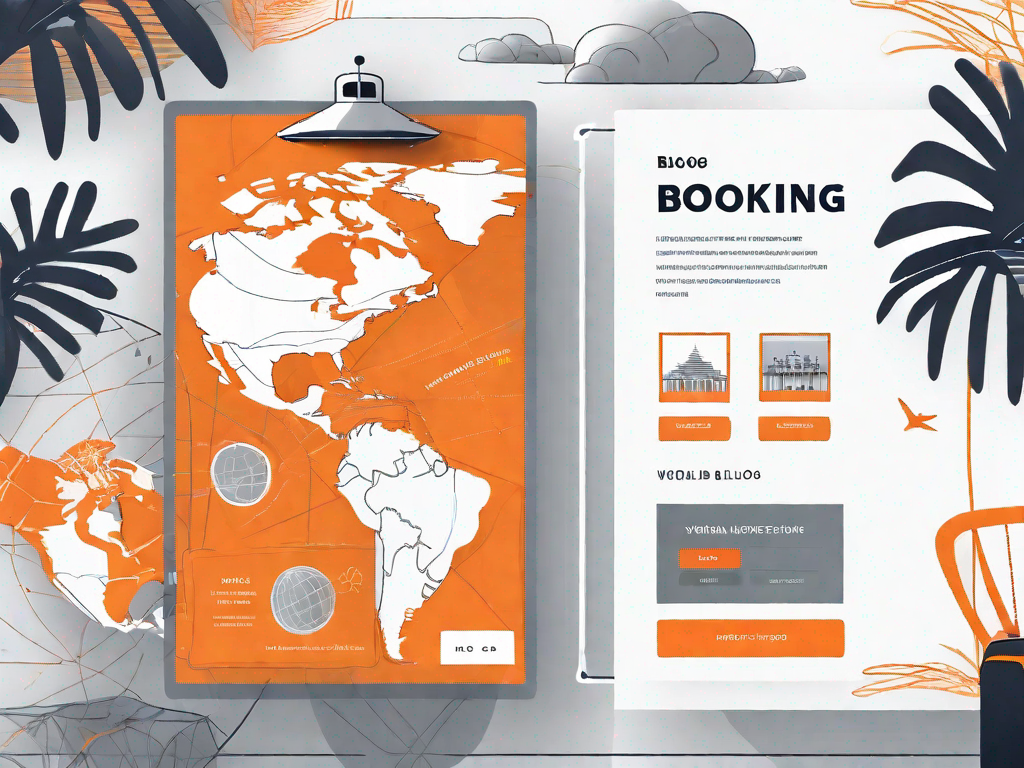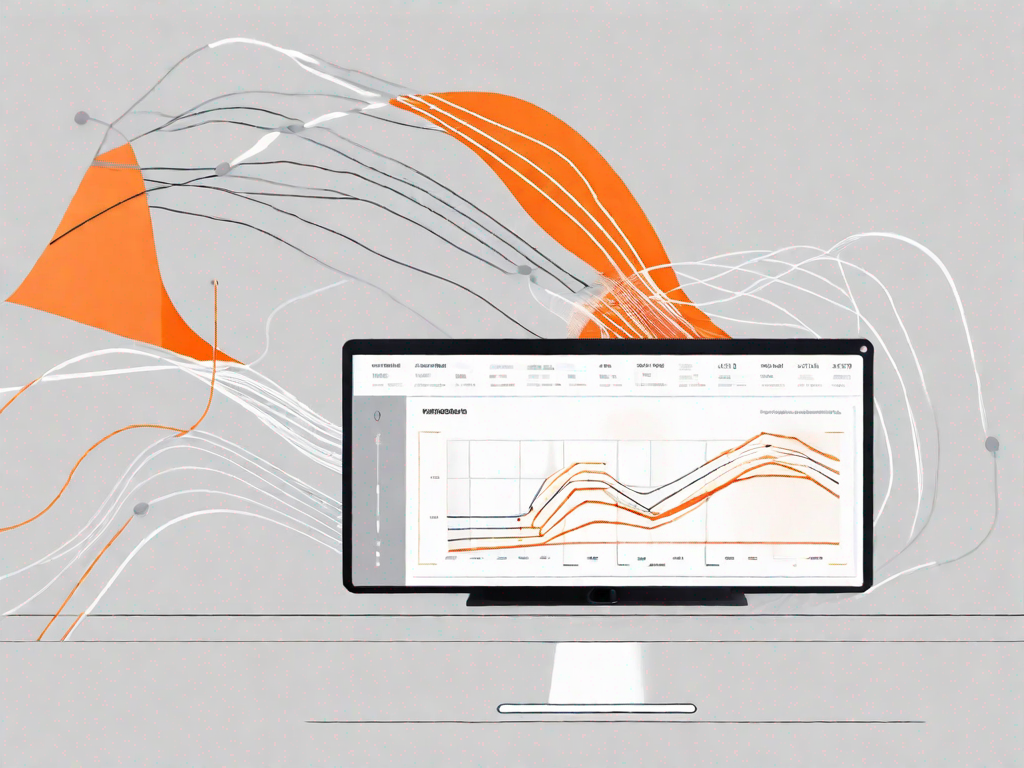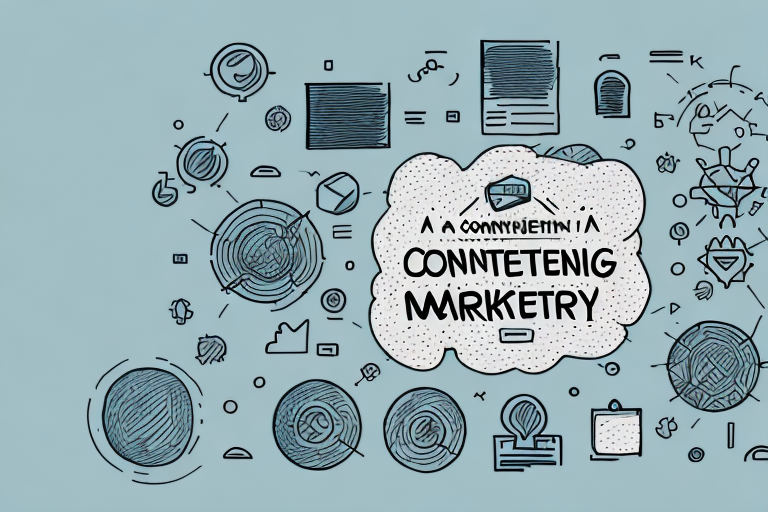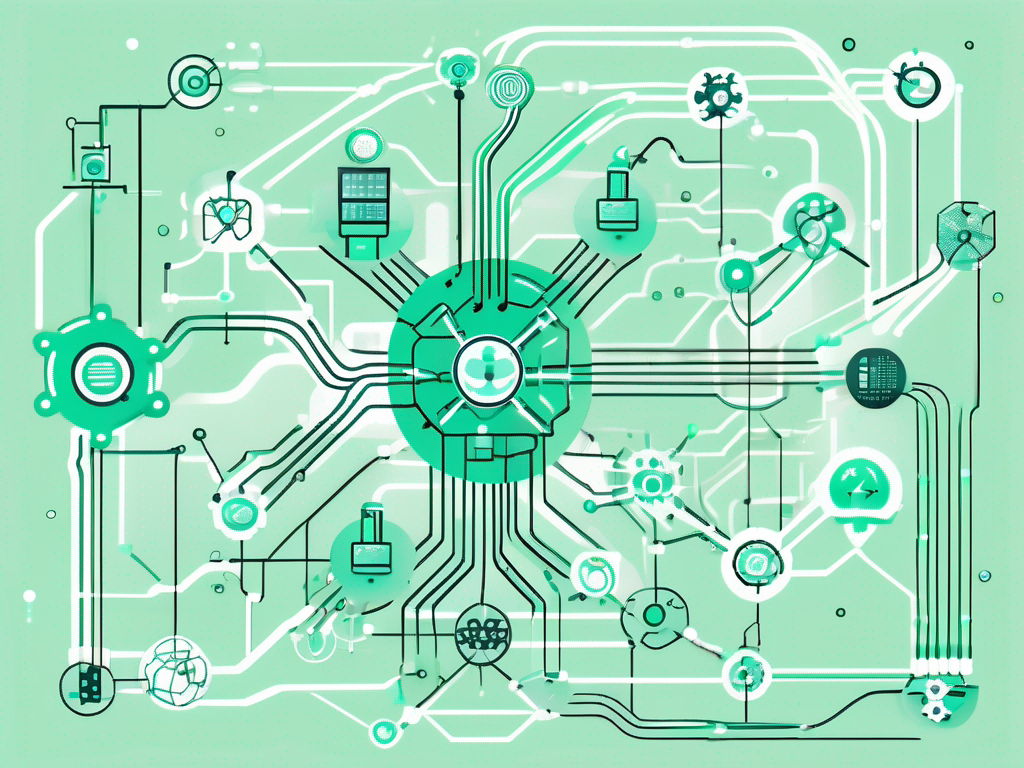.svg)
3D Content Experiences: The Next Big Thing in Marketing
.svg)

Staying ahead of the curve is important for brands seeking to captivate their audiences. As technology continues to advance at a rapid pace, marketers are constantly on the lookout for innovative ways to engage consumers. Enter 3D content experiences, a cutting-edge approach that is transforming the way brands interact with their customers. By leveraging the power of three-dimensional technology, marketers can create immersive and interactive experiences that leave a lasting impression. This new frontier in marketing not only enhances brand storytelling but also offers a unique opportunity to connect with audiences on a deeper level.
Understanding 3D Content Experiences
What Are 3D Content Experiences?
3D content experiences refer to the use of three-dimensional technology to create interactive and immersive digital environments. These experiences can range from virtual reality (VR) and augmented reality (AR) to 3D modelling and animations. Unlike traditional 2D content, 3D experiences allow users to engage with digital content in a more dynamic and realistic manner. This technology enables brands to create virtual spaces where consumers can explore products, services, or concepts in a way that feels tangible and lifelike.
The rise of 3D content is largely driven by advancements in technology and the increasing accessibility of devices capable of supporting such experiences. With the proliferation of smartphones, VR headsets, and AR applications, consumers are more equipped than ever to engage with 3D content. This shift in consumer behaviour presents a golden opportunity for marketers to harness the potential of 3D experiences to enhance their marketing strategies.
The Benefits of 3D Content in Marketing
One of the primary benefits of 3D content experiences is their ability to capture and hold the attention of consumers. In a world saturated with digital content, standing out from the crowd is a significant challenge for marketers. 3D experiences offer a novel and engaging way to present information, making it more likely that consumers will remember the brand and its message. Additionally, the interactive nature of 3D content encourages active participation, leading to higher levels of engagement and increased brand loyalty.
Furthermore, 3D content allows for a more personalised marketing approach. By creating customised experiences tailored to individual preferences, brands can deliver content that resonates with their target audience. This level of personalisation not only enhances the consumer experience but also fosters a stronger emotional connection with the brand. As a result, consumers are more likely to develop a sense of loyalty and advocacy, ultimately driving sales and brand growth.
Applications of 3D Content in Marketing
Product Visualisation and Virtual Showrooms
One of the most popular applications of 3D content in marketing is product visualisation. By creating detailed 3D models of products, brands can offer consumers a virtual showroom experience. This allows potential customers to explore products from every angle, zoom in for a closer look, and even interact with features in a way that mimics a physical shopping experience. This is particularly beneficial for industries such as fashion, automotive, and real estate, where visual appeal and detail are crucial in the decision-making process.
Virtual showrooms not only enhance the shopping experience but also provide a convenient solution for consumers who prefer online shopping. By offering a realistic and interactive representation of products, brands can bridge the gap between online and offline shopping, ultimately driving higher conversion rates.
Augmented Reality in Advertising
Augmented reality (AR) has emerged as a powerful tool in the realm of advertising. By overlaying digital content onto the real world, AR allows brands to create interactive and engaging advertisements that capture the attention of consumers. From interactive billboards to AR-enabled packaging, the possibilities are endless. This technology enables brands to deliver personalised and contextually relevant content, enhancing the overall consumer experience.
AR advertising also offers valuable insights into consumer behaviour. By tracking interactions and engagement with AR content, brands can gather data on consumer preferences and tailor their marketing strategies accordingly. This data-driven approach not only improves the effectiveness of advertising campaigns but also allows for more targeted and efficient marketing efforts.
Immersive Brand Storytelling
3D content experiences provide a unique platform for brands to tell their stories in a more immersive and engaging way. By creating virtual environments and narratives, brands can transport consumers into their world, allowing them to experience the brand's values, mission, and vision firsthand. This level of immersion fosters a deeper emotional connection with the brand, making it more memorable and impactful.
Immersive storytelling can be particularly effective in industries such as travel, entertainment, and education, where experiential content is key to engaging audiences. By leveraging 3D technology, brands can create captivating narratives that resonate with consumers, ultimately driving brand awareness and loyalty.
Challenges and Considerations
Technical Challenges
While 3D content experiences offer numerous benefits, they also present certain technical challenges. Creating high-quality 3D content requires specialised skills and expertise, as well as access to advanced technology and software. Additionally, ensuring compatibility across different devices and platforms can be a complex task, requiring careful planning and execution.
To overcome these challenges, brands may need to invest in training and development or partner with experienced professionals who specialise in 3D content creation. By doing so, they can ensure that their 3D experiences are of the highest quality and deliver the desired impact.
Cost Considerations
The development and implementation of 3D content experiences can be costly, particularly for small and medium-sized enterprises. The investment in technology, software, and expertise can be significant, and brands must carefully consider the potential return on investment before embarking on such projects.
However, as technology continues to advance and become more accessible, the cost of creating 3D content is expected to decrease. Brands can also explore cost-effective solutions, such as leveraging existing platforms and tools or collaborating with partners to share resources and expertise.
Consumer Accessibility
While the adoption of 3D content experiences is on the rise, not all consumers have access to the necessary technology or devices to fully engage with such content. Brands must consider the accessibility of their 3D experiences and ensure that they are inclusive and accessible to a wide audience.
To address this challenge, brands can offer alternative content formats or provide options for consumers to experience 3D content through different devices and platforms. By doing so, they can ensure that their marketing efforts reach a diverse audience and maximise their impact.
The Future of 3D Content in Marketing
Emerging Trends and Innovations
The future of 3D content in marketing is bright, with numerous emerging trends and innovations on the horizon. As technology continues to evolve, we can expect to see even more sophisticated and immersive 3D experiences that push the boundaries of creativity and engagement. From holographic displays to mixed reality environments, the possibilities are endless.
Brands that embrace these emerging trends and invest in 3D content experiences will be well-positioned to stay ahead of the competition and capture the attention of their target audience. By continuously exploring new technologies and innovations, marketers can create unique and memorable experiences that resonate with consumers and drive brand success.
The Role of Artificial Intelligence
Artificial intelligence (AI) is set to play a significant role in the future of 3D content experiences. By leveraging AI, brands can create more personalised and dynamic experiences that adapt to individual preferences and behaviours. AI can also enhance the creation and optimisation of 3D content, making it more efficient and cost-effective.
As AI technology continues to advance, we can expect to see even more sophisticated applications in the realm of 3D content, further enhancing the capabilities and potential of this exciting marketing tool.
Conclusion
3D content experiences represent a new frontier in marketing, offering brands a powerful tool to engage and connect with their audiences. By embracing this innovative approach, marketers can create immersive and interactive experiences that captivate consumers and drive brand success. As technology continues to evolve, the potential of 3D content in marketing is limitless, and those who seize the opportunity will undoubtedly reap the rewards.
Let's
Let’s discuss how we can bring reinvigorated value and purpose to your brand.







.svg)